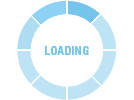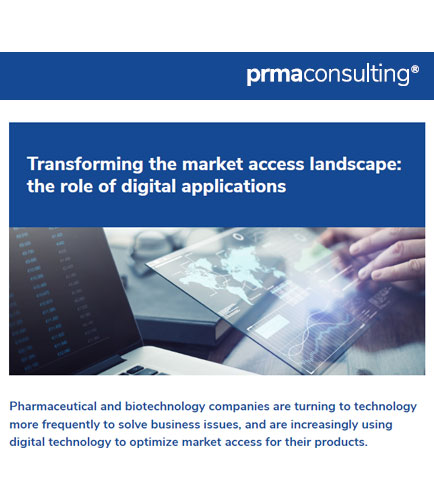
PROCESSING. PLEASE WAIT...


White Paper: prmaconsulting
Given that it can take up to 12 years and cost £400 mn to £1.15 bn¹ to bring a new drug to market, it is understandable that organizations are capitalizing on the benefits of new technologies to try to reduce uncertainty, costs, and time to market. For many leading companies, digital applications are informing direction and becoming an essential enabler in realizing their vision.
So why are digital applications transforming the value and access functions? We believe that there are three key benefits for market access.
Facilitating proactive planning and agility
While companies may already have a market access planning process, digital applications can facilitate a proactive approach by providing a structured checklist of activities and identifying vital gaps mapped against the latest HTA requirements. In addition, tasks can be assigned, alerts raised when items have not been addressed, and progress or completed tasks tracked. This provides confidence that a market access plan can be formulated early, is always current, and can adapted whenever there is a business need to change direction.
Improving real-time decision-making and accelerating cross-functional productivity
Digital applications and cloud technology can provide a consistent framework for real-time decision-making across the multifunctional groups that feed into market access planning and implementation. From as early as Phase 1 development, market access issues can be captured, the risks and benefits of considerations such as parallel consultation defined, and the requirements for HTA submissions considered. Capturing data in a centralized system provides an institutional memory of decision-making and allows more rapid and efficient cross-functional working.


 2025 All Rights Reserved | by: www.ciowhitepapersreview.com
2025 All Rights Reserved | by: www.ciowhitepapersreview.com